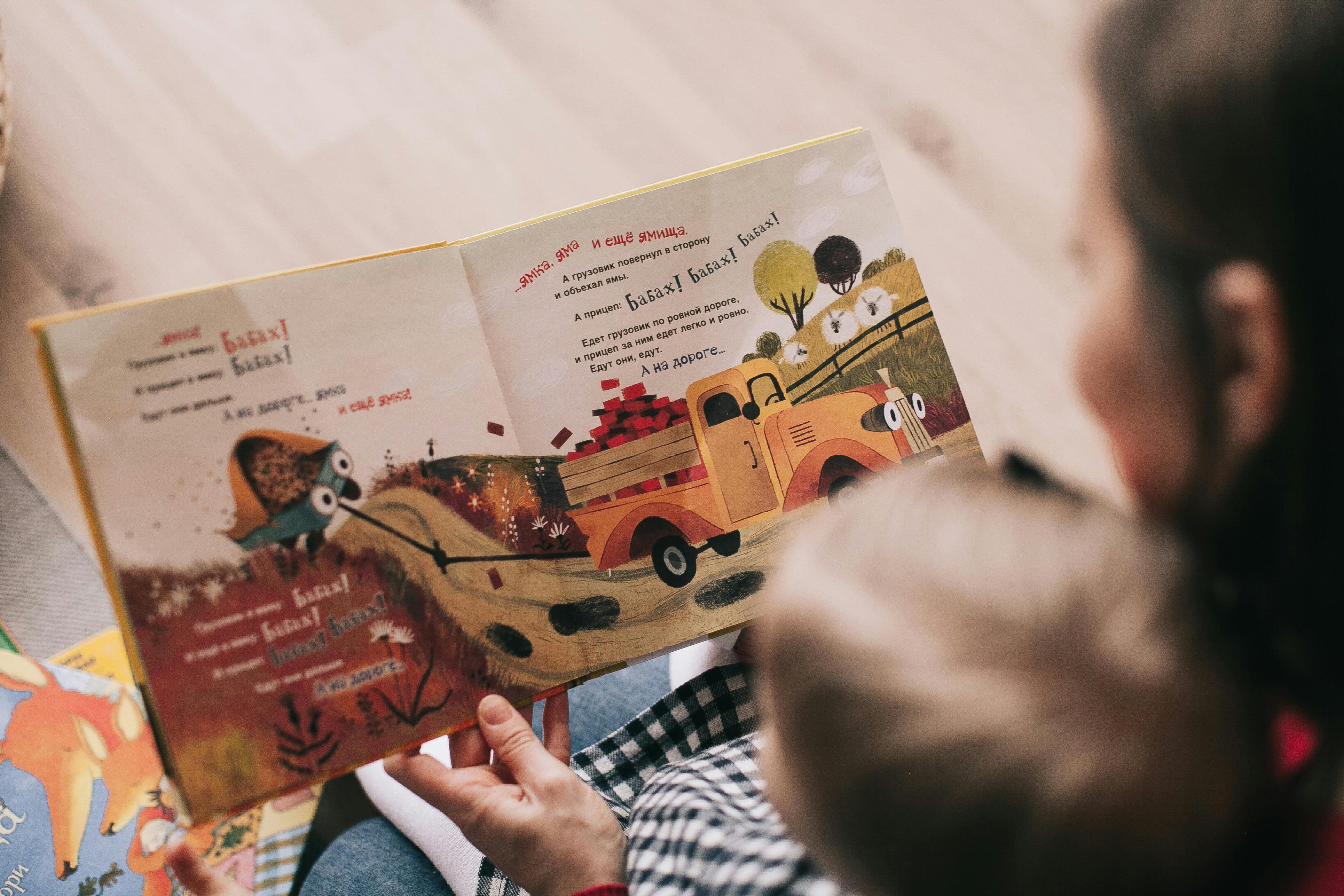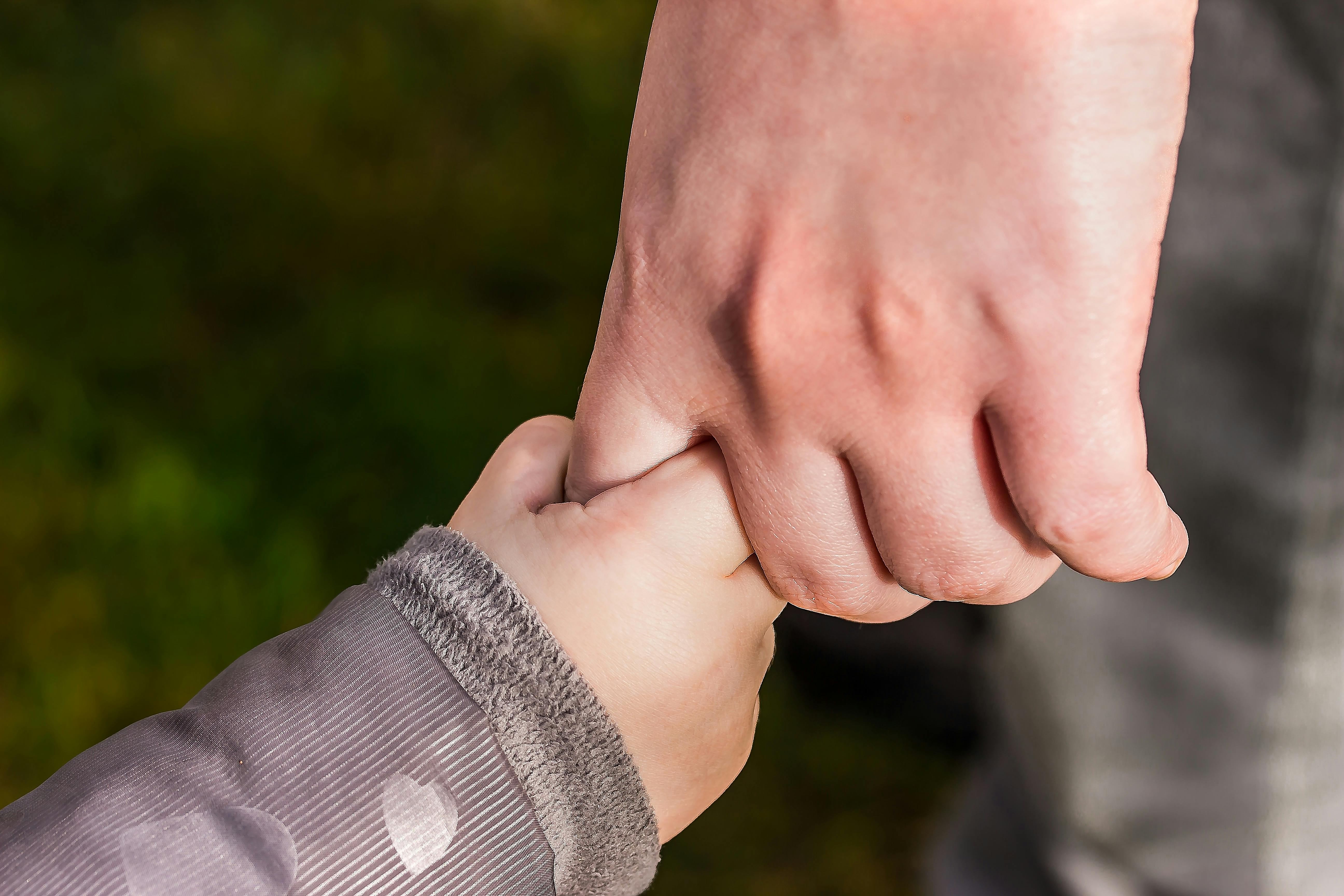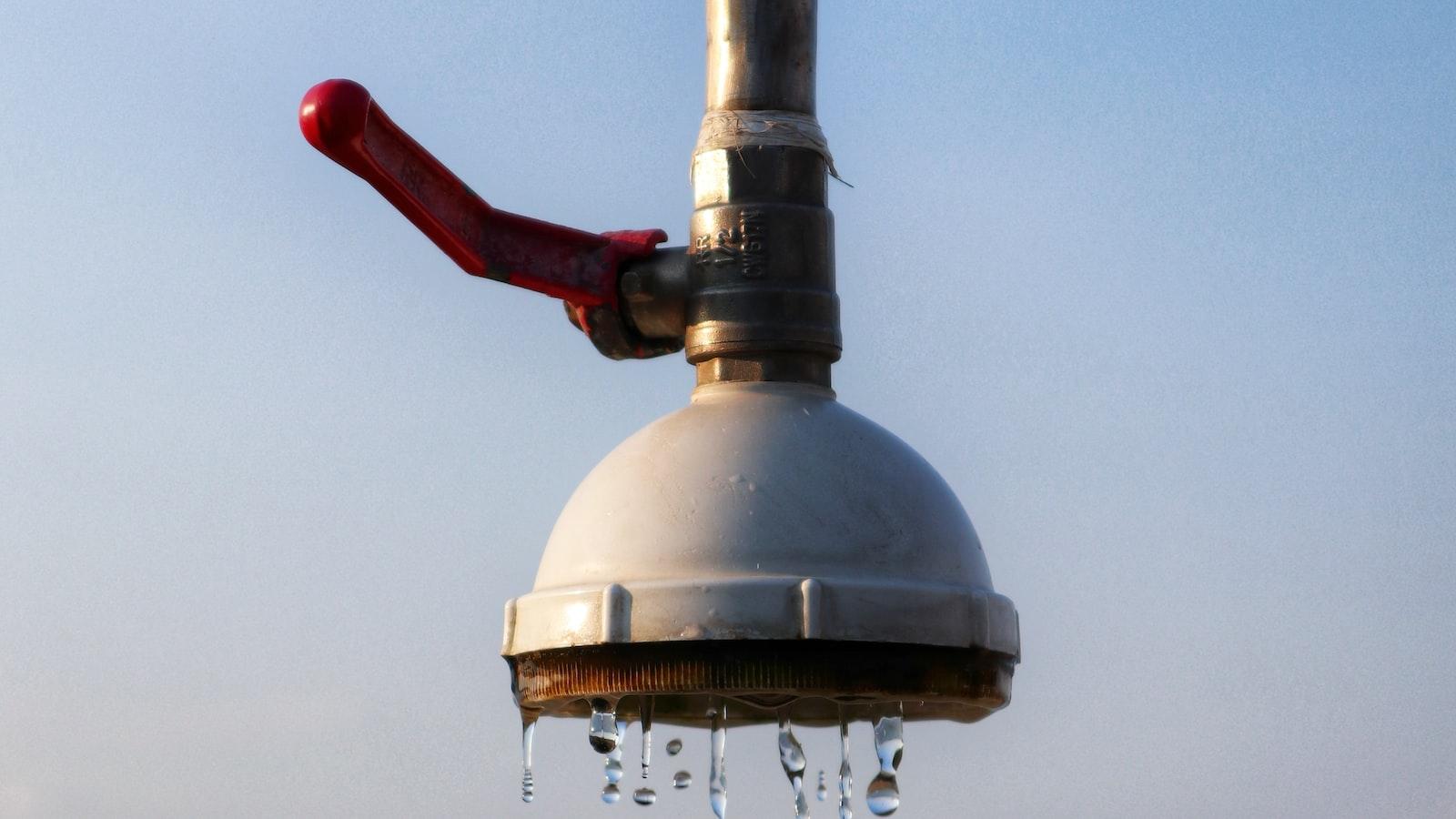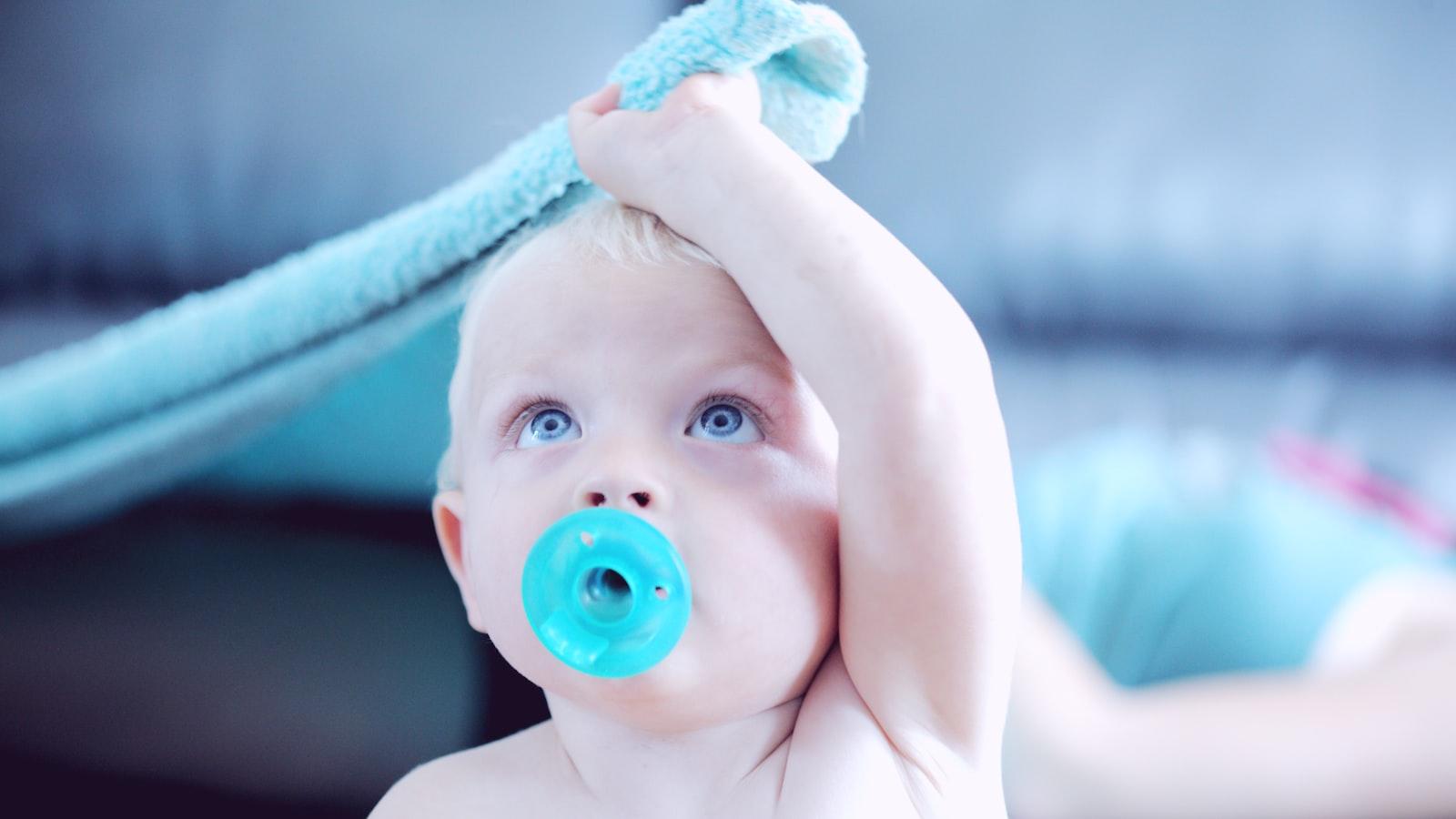Washing your baby’s hands is a simple yet important task. It helps to prevent the spread of germs, which can lead to illnesses. Knowing the proper way to wash your baby’s hands can help ensure that your baby stays healthy and clean. In this article, you will learn the steps needed to properly wash a baby’s hands.To prepare for washing baby hands, gather everything you need beforehand. You will need a clean washcloth, mild soap, and a towel. Fill the sink with warm water, test the temperature with your elbow or the inside of your wrist to make sure it isn’t too hot for the baby. Put a few drops of mild soap on the washcloth and wet it with warm water. Gently wash your baby’s hands, making sure to get in between the fingers and around the nails. Rinse off all traces of soap with clean warm water, then dry their hands with a soft towel.
Supplies Needed for Washing Baby Hands
Taking care of a baby’s hygiene is a top priority for all parents. To ensure that their little one’s hands stay clean and healthy, it is essential to have the right supplies on hand. A few basic items are necessary for washing baby hands properly, such as mild soap, warm water, and a soft washcloth.
Mild soap is the best choice for baby’s sensitive skin; it should be fragrance-free and dye-free. Many parents prefer liquid soaps to bar soaps because they are easier to use and tend to be gentler on the skin. Parents should also look for soaps that contain moisturizers or other ingredients that help keep the skin hydrated.
Warm water is important when washing baby’s hands because it helps loosen dirt and debris from the skin. It also helps open pores so that soap can do its job more effectively. The water should be warm but not hot, as too much heat can cause irritation or burning sensations on delicate skin.
Finally, having a soft washcloth available while washing baby hands is essential. This will allow parents to gently scrub away any dirt or grime without causing any irritation or abrasions on the skin. Soft cloths also help remove any soap residue from the skin after washing is finished.
By keeping these supplies on hand, parents can ensure that their little one’s hands are always clean and healthy!
Step 1: Collect Necessary Supplies
Before washing your baby’s hands, it’s important to gather the necessary supplies. This includes warm water, mild soap, a washcloth or soft fingertip towel, and a towel for drying. Make sure the soap is free from fragrances and dyes.
Step 2: Wet Your Baby’s Hands
Once you have gathered the supplies, wet your baby’s hands with warm water. Make sure to use enough water so that the hands are completely covered. You can use a cup or wet the hands directly using running water from the faucet.
Step 3: Lather Up With Soap
After you have wet your baby’s hands, apply a small amount of mild soap to them and lather it up. Rub your baby’s palms together and between their fingers for 20-30 seconds, or until suds appear. Avoid getting soap in their eyes as much as possible.
Step 4: Rinse Thoroughly
Once you have lathered up with soap, rinse your baby’s hands thoroughly with warm water until all of the soap is gone. Make sure to get any remaining suds off of their fingers and palms.
Step 5: Dry Hands With Towel
Once all of the soap is gone, dry your baby’s hands with a clean towel or soft fingertip towel. Pat their palms and between their fingers until they are completely dry.
Step 6: Use Sanitizer If Necessary
If you feel it necessary, you can also use hand sanitizer after washing your baby’s hands. Make sure to choose one that is alcohol-free so that it does not cause any irritation on their skin.
Benefits of Washing Baby Hands
Washing baby hands is an important part of personal hygiene and should be done regularly. Not only does it promote good health, but it can also help protect your baby from germs and other harmful bacteria. Proper hand washing can help prevent the spread of illnesses such as colds, flu, and other respiratory infections. In addition to preventing illnesses, proper hand washing also helps keep your baby’s skin healthy by removing dirt and impurities that can clog pores or cause irritation.
There are several benefits to teaching your baby how to wash their hands properly. First, it helps them develop motor skills and provides them with a sense of autonomy as they learn to take care of themselves. Second, washing their hands makes them aware of germs and the importance of hygiene from a young age. Third, proper hand washing teaches them to care for their own health as well as that of others around them. Finally, regular hand washing can reduce the risk of spreading illnesses both at home and in public settings.
It is important to start teaching proper hand-washing techniques early on so your baby is able to form good habits that will last into adulthood. Start by showing your baby how to wet their hands with warm water, apply soap, scrub their hands together for at least 20 seconds (singing the “Happy Birthday” song twice is one way you can help time this), rinse thoroughly under running water, and then dry with a clean towel or air dryer. You can also make hand washing fun by providing colorful soaps or letting them pick out their own special towel for drying their hands after each wash!
Washing baby hands is a crucial part of personal hygiene that should not be overlooked. Teaching your child proper hand-washing techniques from an early age will help instill healthy habits that will stay with them for life!
Tips for Ensuring Proper Handwashing Technique
Proper handwashing technique is an essential part of maintaining good hygiene. It is important to wash your hands regularly and thoroughly to reduce the spread of germs and bacteria. Here are some tips for ensuring proper handwashing technique:
First, wet your hands with warm water and apply soap. Make sure to get the soap in between your fingers and on the backs of your hands. Rub your hands together for at least 20 seconds, focusing on fingernails and cuticles. Rinse off all of the soap with warm water.
Next, use a paper towel or a clean cloth to dry your hands thoroughly. This will help to remove any residual bacteria or germs that may have been left behind. Discard the paper towel in a designated area after drying your hands.
Finally, once you have finished washing and drying your hands, use an alcohol-based hand sanitizer if available. This will help to kill any remaining germs or bacteria on your hands that may not have been removed during washing.
By following these tips for proper handwashing technique, you can help reduce the spread of germs and bacteria and keep yourself healthy.

Signs That the Baby Needs Their Hands Washed
Babies are prone to picking up germs and bacteria from their environment, so it’s important to keep their hands clean. One of the best ways to prevent the spread of illnesses is by washing your baby’s hands regularly. But how do you know when your baby needs their hands washed? Here are some signs to look for:
1. Visible dirt or grime on their hands – If your baby’s hands look like they need a good scrubbing, then it’s time to break out the soap and water.
2. They’ve been handling food – Whether your baby is eating solid foods or just playing with them, it’s important to wash their hands after they’ve been handling food. Food can contain harmful bacteria that can make your baby sick if it isn’t washed away properly.
3. They’ve been in contact with other people – If your baby has been in contact with other people, like a sibling or friend, then it’s a good idea to wash their hands afterwards. This will help prevent the spread of germs and bacteria between people.
4. They’ve been playing outside – If your baby has been playing in the dirt or sand outdoors, then it’s especially important to wash their hands afterwards. These areas can be filled with all kinds of bacteria and germs that can make them sick if they’re not removed properly through handwashing.
By keeping an eye out for these signs that your baby needs their hands washed, you can help keep them healthy and prevent the spread of germs and bacteria throughout your home.
How to Dry Baby Hands After Washing
Drying baby hands after washing is an essential step in keeping them clean and healthy. It can be tricky, however, since babies tend to wriggle and move around during the process. Here are some tips to help make sure your baby’s hands get dried properly.
The first step is to use a soft, absorbent towel or cloth. Terry cloth towels are not recommended as they can be too rough on delicate skin. It’s also important to use a gentle motion when drying off the hands, rather than rubbing them vigorously.
After using the towel, it’s a good idea to use a blow dryer on a low setting if you have one available. This will help ensure that all of the moisture is removed from the hands and that they’re completely dry. Make sure you don’t hold the blow dryer too close to your baby’s skin, as this could cause irritation or burning.
It’s also important to keep an eye on your baby while they’re drying their hands and make sure they don’t put their wet hands in their mouth or rub their eyes with them. If this happens, it’s best to wash their hands again with soap and water before drying them off once more.
Finally, keep some hand lotion or moisturizer nearby so you can apply it after your baby’s hands are completely dry. This will help keep their skin soft and smooth and protect it from any possible irritation due to soap or water residue that may remain on the skin after drying off.
What to Do If the Baby Won’t Let You Wash Their Hands
Cleaning and washing your baby’s hands is an important part of keeping them healthy. However, it can often be difficult to get your baby to cooperate when it comes to washing their hands. If your baby won’t let you wash their hands, there are a few tactics you can try.
First, try making handwashing fun. Sing songs or make up games while you wash their hands together. This will help distract them from the act of washing and make it more enjoyable for them.
Another tactic is to start early and teach your baby proper handwashing techniques from a young age. It’s important to teach children good hygiene habits early and demonstrate how to properly wash their hands with warm water and soap.
Lastly, use positive reinforcement when they do let you wash their hands. Praise them for cooperating and give them rewards such as stickers or small toys if they let you wash their hands without too much fussing or resistance.
It may take some trial and error before you find a technique that works for your baby, but with patience and perseverance, you’ll eventually be able to get your little one to let you wash their hands without too much fussing or resistance.

Conclusion
Washing your baby’s hands is an important part of keeping them healthy and clean. It’s also important to make sure your baby has clean hands to avoid the spread of germs. With a few simple steps, you can ensure that your baby’s hands are clean and safe. Start by using warm water and mild soap, and then lather up your baby’s hands for at least 20 seconds. Then rinse off the soap with warm water and dry their hands with a soft towel. Lastly, make sure to remove any dirt or debris that may be on their hands by wiping with a damp cloth or cotton swab. By following these simple steps, you can help keep your baby healthy and safe from germs.
Remember, it is important to wash your baby’s hands often throughout the day as well as before meals and after diaper changes. Keeping their hands clean will help protect them from illness-causing germs while teaching them good hygiene habits that will last a lifetime.




